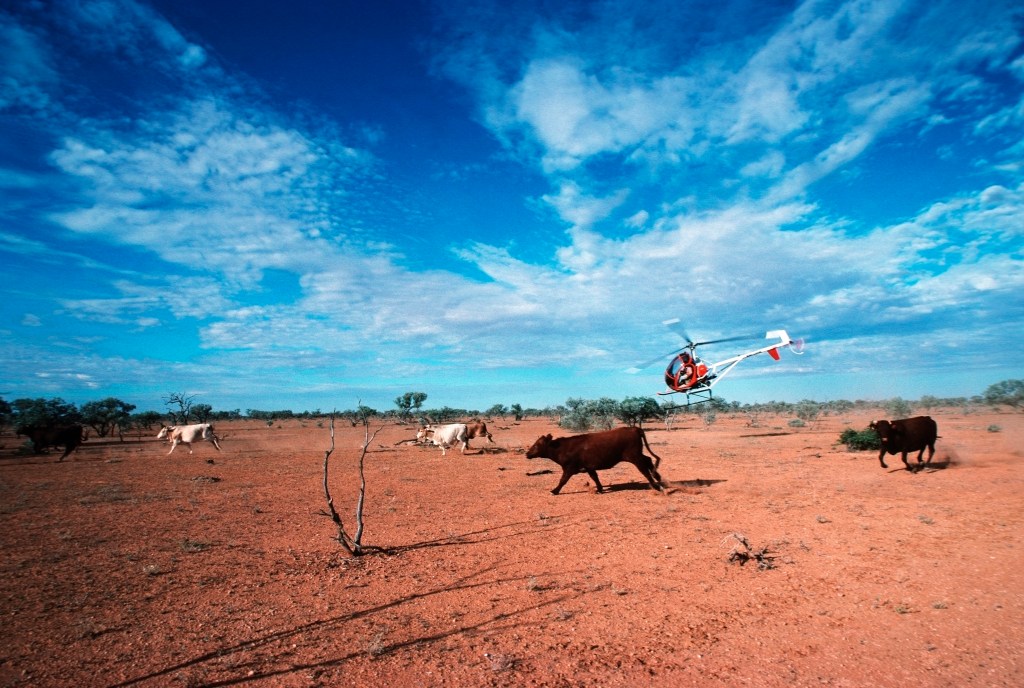There is a lot of innovation happening in the agricultural space.

With around 25% of the world’s greenhouse gas emissions coming from the agricultural industry, it is clear that agriculture is a large part of the climate change problem. The majority of the gases expelled are methane – produced from the fermentation of plant matter in the stomachs of cows and other livestock – and also as a result of fertiliser use.
But as much as agriculture is part of the problem, it is also, conversely, set to play a key role in the solution to climate change.
The relationship between agriculture and climate change is multifaceted.
Although the agriculture industry contributes to emissions, they are also one of major industries negatively exposed to the physical impacts of climate change. Extreme past weather events, such as floods and droughts, have wiped out crops causing pressure on supply-demand for food resources globally.
But the role of agriculture to help solve problems in the future was evident during COP27, and discussions around advances in agriculture had an increased focus at the recent conference.
Like other industries, there have been a growing number of innovations developed to help manage agricultural emissions. One is the development of technology which processes agricultural waste – creating a renewable energy source. Companies like Archaea Energy, which was recently acquired by BP for US$4.1 billion, capture emissions from agricultural waste, turning it into bioenergy and biofuels. Biofuels and bioenergy are then used as transportation fuels and for heating and electricity generation.
Another example is John Deere, the manufacturer of agricultural machinery, which is working on an innovative solution. Some of its customers grow feed or cover crops, which are used to produce biofuels. Then, over time, Deere’s suite of farming machinery could potentially be powered by biofuels, effectively creating a circular loop for farmers. Not only can farmers grow crops and stocks for human consumption, but they could be involved in producing the fuel needed to power the farming equipment.
In the end Deere’s customers can reduce their carbon footprint by participating in a renewable energy eco-system that utilises their own lands.
Deere has also been focusing on increasing its innovations in precision agriculture – increasing yield and reducing fertiliser use. For the same amount of land, Deere’s customers are able to produce a higher amount of yield. The technology behind precision agriculture allows farmers to use less fertiliser, but to be precise about the placement of the fertiliser they do use. And with fertilisers and other chemicals being a large contributor to emissions in the agricultural industry, Deere’s customers now have the technology needed to reduce emissions and their impact on climate change.
There is a lot of innovation happening in the agricultural space, and Deere is an example of a company enabling this innovation to happen.
Mike Harut is Responsible Investment Manager at Munro Partners